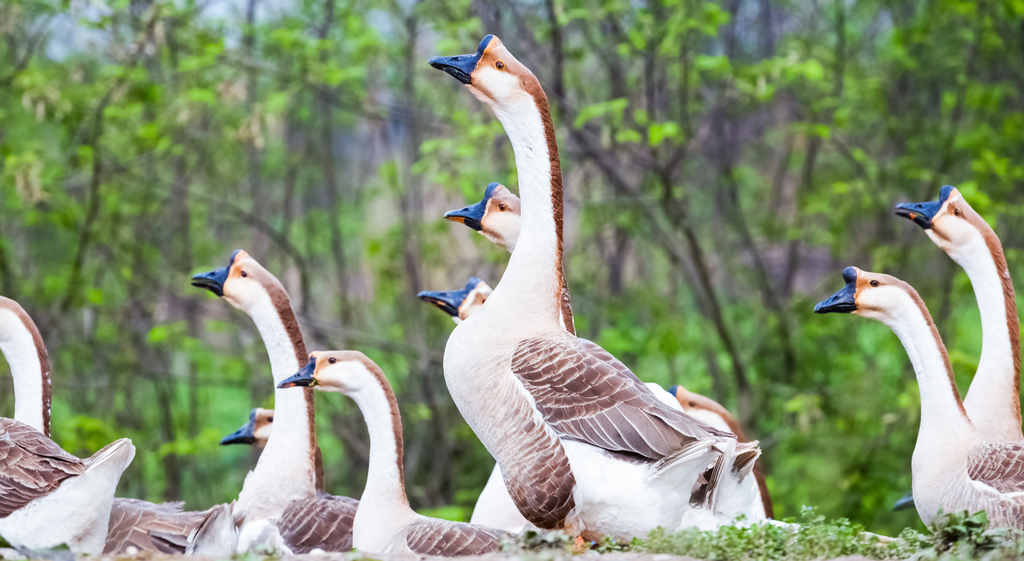Haydel's Blog
Duck, Duck...Goose!

With the duck season behind us and 9 months to wait, most waterfowlers are switching to the spring nuisance goose season in order to get in a few more hunts for the year. This is a tough time to hunt these wise old birds but it does appear that we had a good number of juveniles with less “years of experience” than in the past. Let’s take a look at what it takes to be successful.
Scouting definitely plays a major role. The birds should be feeding heavy this time of the year since they have a long way to go and will need a full tank. Rye grass fields are favored at this time for their protein levels. If you don’t see them you’ll probably smell them as they can get awfully sticky when feeding on these grasses. Years ago when creeping geese were common it kept the birds broken up into smaller flocks and spread out. This allowed hunters more opportunities to call in smaller bunches. Naturally this was more effective than having hundreds of eyes looking down at you. Now a days snows tend to group up tighter and combined with the warmer temperatures they do not have to feed as heavy or frequently during the regular season. Snows use to be a marsh goose and seldom feed in dry fields 30-40 years ago. All this has changed due to agriculture practices and they tend to get up more as one big flock together thus making it them harder for hunters to call in. Try scouting and hunting smaller flocks. Nothing is more frustrating than setting all those decoys out and having a big group of birds set down in the adjacent field over. Anything that follows will now be attracted to them and the hunters can not compete with live birds on the ground no matter how good a caller they are.
Most successful hunts are planned out very carefully after the fields have been scouted. Lots of decoys are needed to attract even the smaller groups of birds at this time of the year as the geese are staging for their return trip up north. Every hunter should also be calling in order to make those decoys come to life. Even though they may not call well; they will fill in fine with the other callers, as it will take a lot of calling to coerce these birds in this time of year. Electronics may also be helpful. By switching tapes and lowering the volume as they close in you may have the advantage over others using electronics in your area. In calling to large flocks I doubt that they hear too much of what is being said below as they are lacking in manners by talking when being spoken to. One call that I personally favor is our snow goose diaphram. It is similar to a turkey diaphram only blown differently. It allows your hands to be free and sounds more natural to me than traditional mouth blown versions.
Most serious hunters wear white to blend in with the decoys and add to the spread. This will also give you the opportunity to move around a little which will actually inhance the hunt by making the decoys come to life with movement. I believe that movement in your spread definitely helps as most hunters will tell you when hunting geese they prefer some wind. They don’t care which direction as long as it’s 10-20mph! That may be due to the fact that most are using “wind socks” or Texas “rag spreads”. So if possible check the weather and pick a day that’s calling for the wind.
Every other aspect of the hunt should be the same as hunting them in the fall. The Feds relax the regulations in many parts of the country in the spring. Unplugged guns and electronics are the most common. Do the resource a favor and get rid of some of these geese you’ll be doing them a favor and having a ball at the same time!









